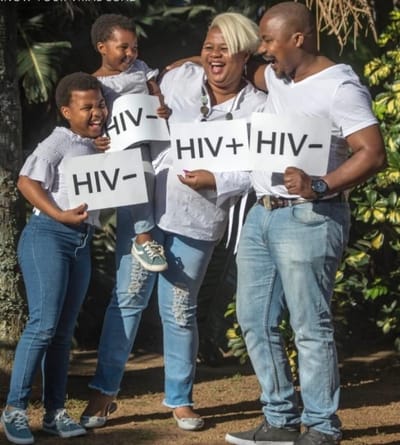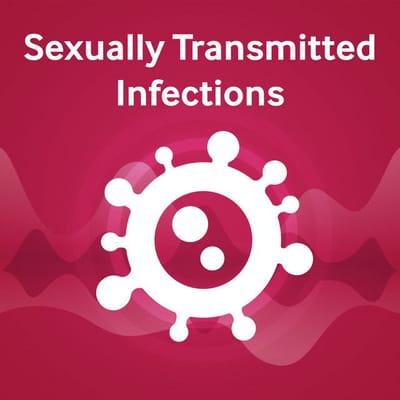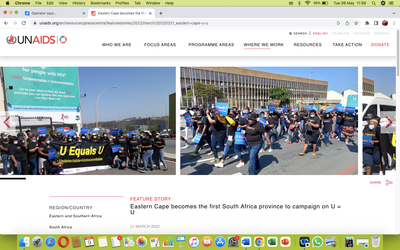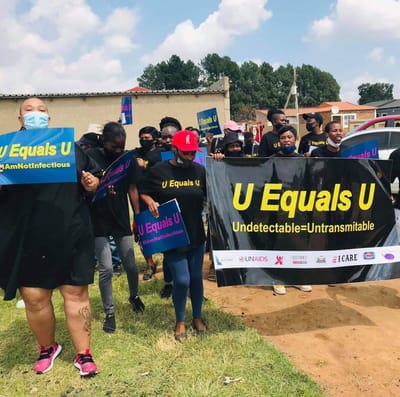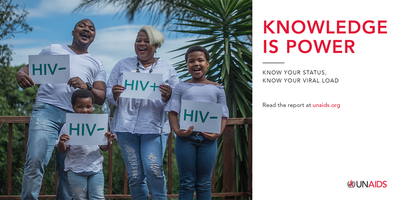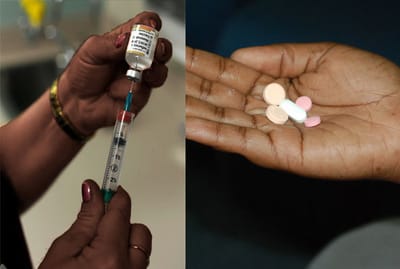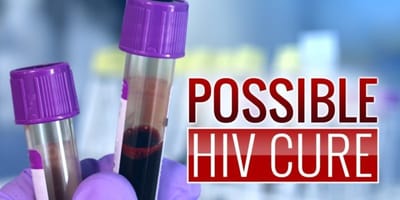Leading STI Advocacy and Literacy: We are providing communities with the knowledge they need to make informed sexual health decisions, recognise symptoms, understand treatment options, and challenge stigma. By combining strong diagnostics, comprehensive prevention, and community-centered education, STI advocacy drives improved health outcomes, reduces transmission, and supports healthier, more empowered populations
Read MoreBlog
PLWHIV are placing themselves at the centre to End the Epidemic by 2030
Despite widespread support for MIPA principles, meaningful involvement of PLHIV and other community stakeholders can be challenging to achieve and is not applied consistently in all areas of HIV-related clinical research. A recent systematic review found that community stakeholder involvement predominantly occurs in the early stages of a trial, often to support participant recruitment, but is limited in later trial stages. Methods used to engage with communities are also often researcher driven and utilize formal consultation methods, such as interviews or focus groups, that do not afford PLHIV any power to influence the research process. A team of close to 150 HIV Cure CAB members and Cure alumni's met to discuss strategies to ensure continuous meaning involvement of community in the Cure Agenda
Read MoreEastern Cape becomes the first South Africa province to campaign on U = U. HSPN among the few organisations that initiated the concept and led the launch
Read MoreThis segment of serodiscordant couples (SDC) is aware of their discordance (that one of them has HIV and the other does not) and have had their relationship disrupted by it in some way. They may be experiencing blame over who brought HIV into the relationship, disconnection around sex, and/or discouragement around conceiving. The discordance has been so disruptive for some that they now face the “discordance dilemma.” They see the avoidance of HIV transmission at odds with preserving their relationship. Other couples endure the discordance out of love and commitment, but the risk of HIV transmission is still disruptive, complicating the things they want and value in their relationship—intimacy and children. For Serodiscordant partners enrolling in PrEP is often perceived as more burdensome than helpful. Bringing up PrEP may resurface undesirable, negative feelings associated with the discordance, such as blame, guilt, and even violence. In visiting an HIV clinic, SDC risk disclosing their discordance to others, and partners without HIV risk being mislabelled as HIV positive. And taking PrEP may bring on undesirable stigma from others. Thus, when SDC compare PrEP to other HIV-prevention tools like condoms, many struggles to be convinced of its relative effectiveness and appeal.
Read MoreElimination of Stigma=Elimination of HIV transmission
Read More